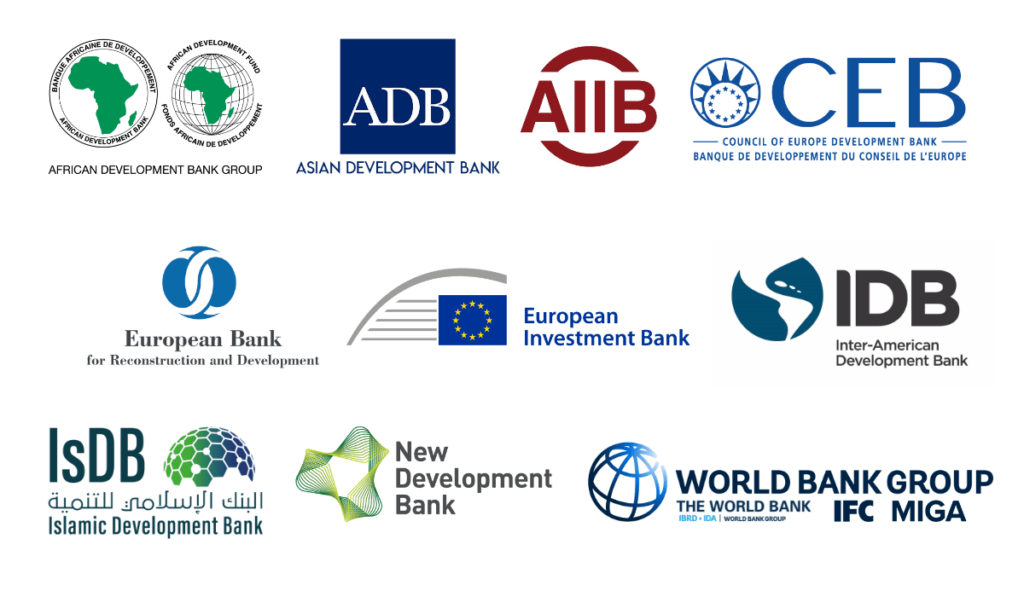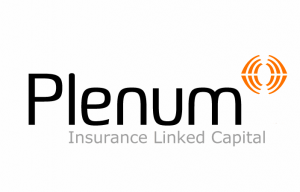Multilateral development banks to boost disaster & climate risk insurance

Leaders of 10 multilateral development banks (MDB’s) announced steps to collaborate more effectively to increase the impact and scale of their work, in order to tackle urgent development challenges, including addressing the growing need for disaster risk insurance and in climate risk financing.
The 10 multilateral development banks (MDB’s) behind the announcement were the: African Development Bank (AfDB); Asian Development Bank (ADB); Asian Infrastructure Investment Bank (AIIB); Council of Europe Development Bank (CEB); European Bank for Reconstruction and Development (EBRD); European Investment Bank (EIB); Inter-American Development Bank (IDB); Islamic Development Bank (IsDB); New Development Bank (NDB); World Bank Group (WBG).
A number of these are already heavily involved in disaster and climate risk transfer and insurance efforts, while some have also recognised the need to mobilise private capital to support this and of course the World Bank has already opened up the capital markets to disaster risk for its member countries, through its successful deployment and issuance of catastrophe bonds.
They outlined key deliverables across a wide-range of financing and operational aspects of their roles, including significantly scaling up their own lending to countries in need, but also to continue innovating on financial instruments alongside development and capital partners.
Hybrid capital tools and risk transfer are core to this, with the MDB’s recognising the need to make access to sophisticated financial tools easier and more widespread, as well as that financing can assist in managing risk and bringing in contingent liquidity to those in need.
There was a lot of talk of measuring the effectiveness of financing, especially when it comes to climate, while the MDB’s also committed to the continuation of efforts to support and improve early warning systems for natural disasters.
Catalysing private sector financing to support development goals is seek as key, as the MDB’s look to join together to create a bigger, better, more effective system of support, innovation and financing.
Implementing new innovative climate finance approaches is a big part of the work the MDB’s intend to pursue, as they look to support the Sustainable Development Goals (SDG’s) and explain that this will include more use of contingent mechanisms to access emergency financing after natural disasters, as well as insurance products that can transfer risks.
Transfer of risks to private insurance and reinsurance markets is part of it, but the goal to unlock more private capital is also key here and there remains an ambition to crowd in support from capital markets to finance climate and disaster risks, under a goal to support and enhance resilience.
The MDB’s also note the use of novel financial products and securitizations, as ways to create new asset classes within the MDB sphere, that could be attractive to private investors.
Which is precisely what we see with the World Bank’s work in the catastrophe bond space, where the MDB has embraced the insurance-linked security (ILS) structure as a way to help countries mitigate against and manage disaster risk, while leveraging institutional investor appetites to support that.
The use of hybrid approaches, such as the embedding of what are essentially parametric risk transfer triggers within debt issues, as a way to trigger a postponement of principal payments after major disasters strike, are an area of focus and it’s going to be interesting to see how the MDB’s can innovate by bringing risk transfer structure elements into other financing use-cases.
By continuing and increasing their focus on disaster and climate risk insurance as supportive of development, alongside financial technology such as securitization and concepts related to payout promptness and efficacy, we could see innovative efforts from the MDB’s to construct more hybrid tools that have real utility for their members, and are at the same time attractive for private capital deployment.






